Disaster Risk Reduction is not a Paradigm
Emergency Planning
JULY 5, 2019
Like any field of study, disaster risk reduction needs lateral thinking. Natural Hazards 86: 969-988. Sadly, a follow-the-herd mentality all too easily develops among researchers. The residual question is how to liberate and encourage creativity. In other words, it needs diverse entities to be linked in new and productive ways.





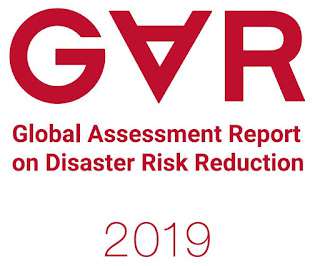
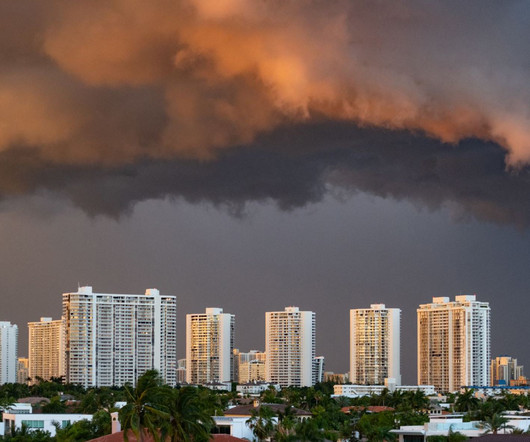

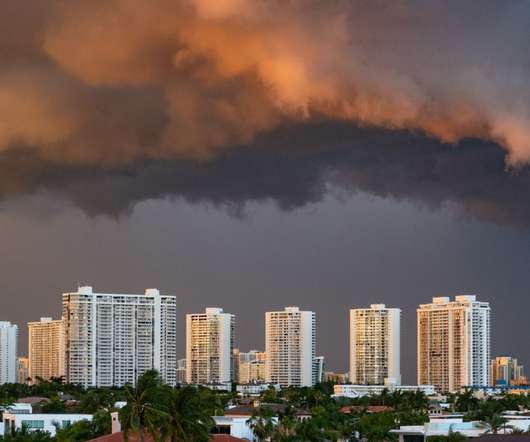
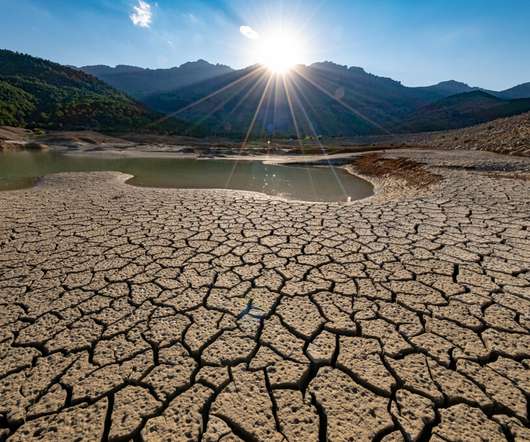

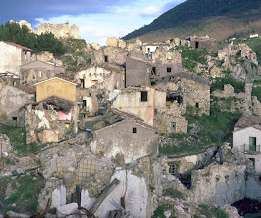



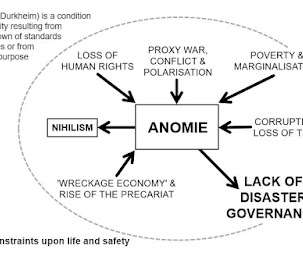
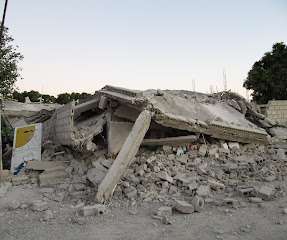






Let's personalize your content